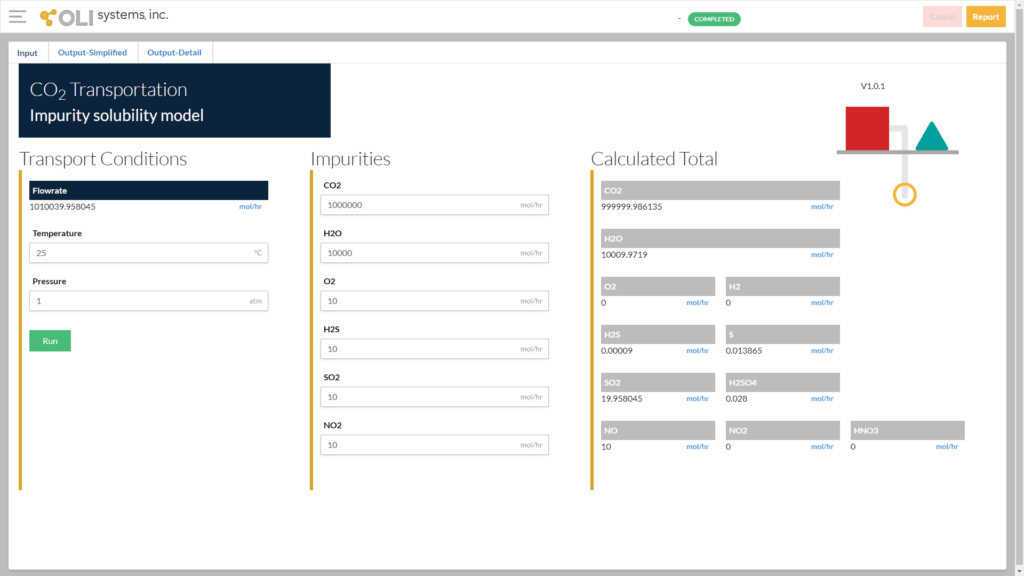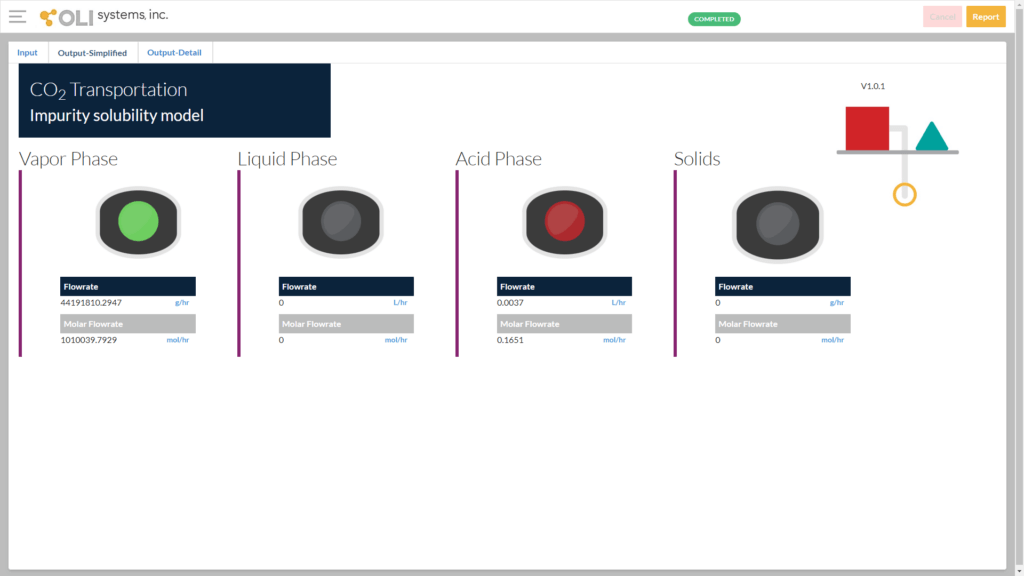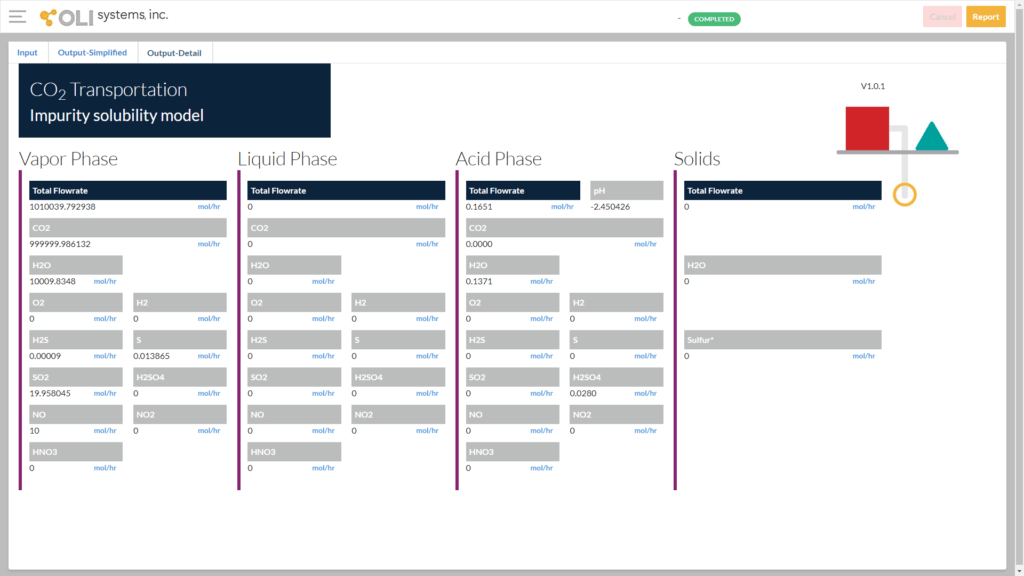The CO2 Transportation Cloud App has been developed to help industry meet their net zero obligations. The tool effectively reduces the complexity of the detailed chemistry needed to understand the design and operating parameters of CCS systems. The app aims to help industry to maximize operations, cost effectively and safely.
To request a demo please leave your details in the form provided and an OLI expert will be in touch to discuss your requirements.




